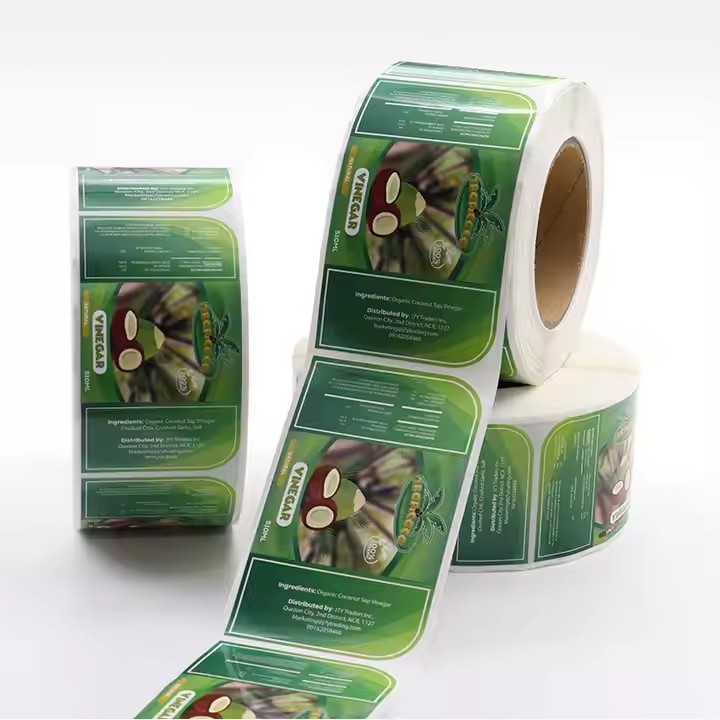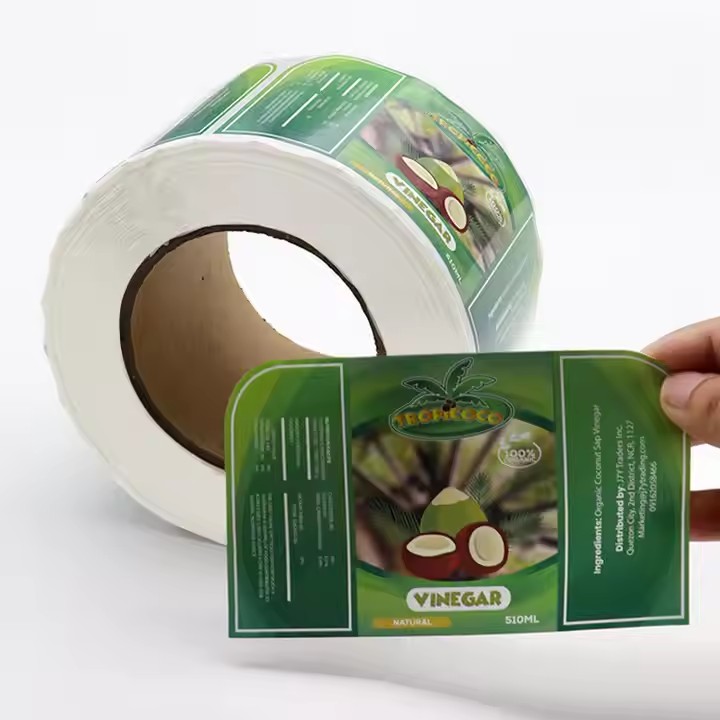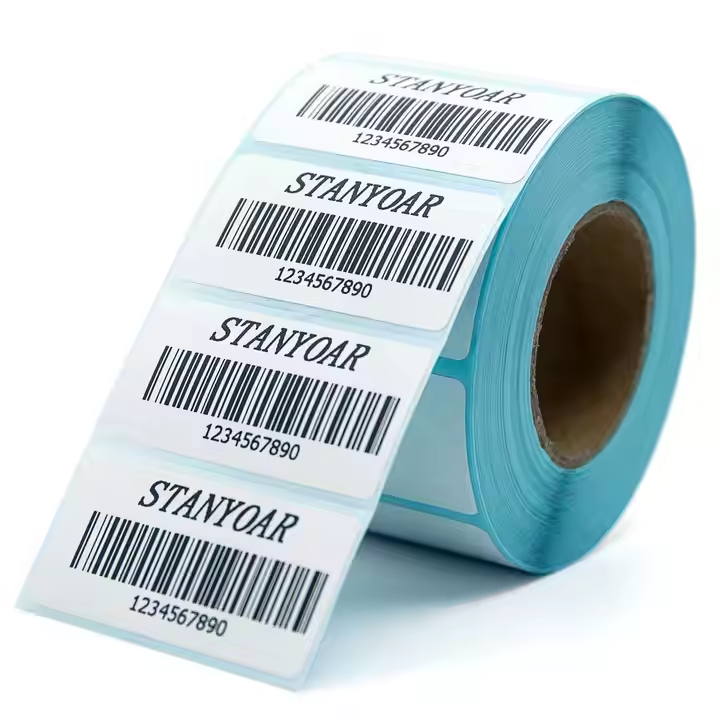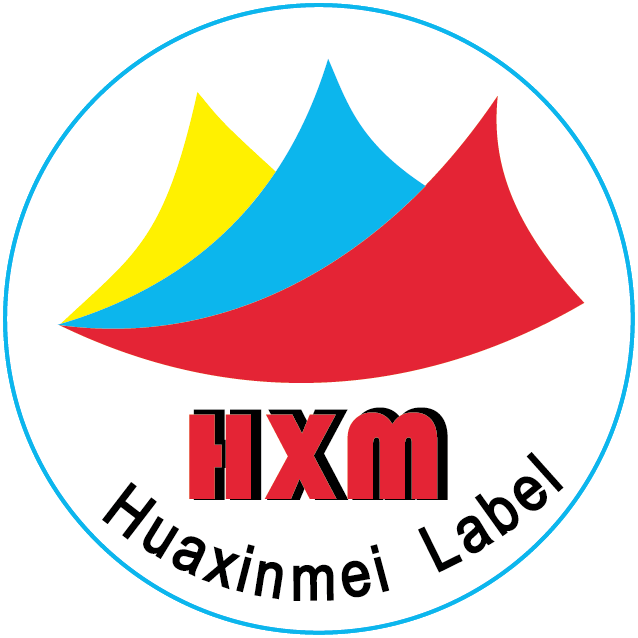Strict compliance with regulations
First of all, manufacturers should deeply study regulatory requirements and comply with relevant production regulations. Complying with relevant regulations means that the produced product is in line with specifications. Arrange professional personnel to continuously pay attention to and deeply study the regulatory policies on health labels in their regions and target markets, such as the relevant regulations issued by food and drug supervision departments. For example, in the European Union, food labels need to mark mandatory information such as food names, ingredient lists, net contents, and shelf lives. Manufacturers must understand the specific contents and updated changes of these regulations in detail. Regularly participate in industry seminars, training courses, and exchange activities with regulatory agencies to ensure accurate and timely updated understanding of regulations. For example, participate in label regulation interpretation meetings organized by local health departments to timely grasp regulatory trends. Before producing according to customer needs, a regulatory review mechanism should also be established. Set up a special regulatory review link in the label design and production process, and professional personnel familiar with regulations are responsible for reviewing whether the label content fully complies with regulatory requirements. For example, a large food manufacturer has established a regulatory compliance department. Before finalizing the health label, this department will check the label content one by one according to regulatory provisions. For complex or doubtful regulatory issues, consult relevant regulatory agencies or professional lawyers in a timely manner to obtain accurate explanations and guidance. For example, when it comes to new nutrition claims, consult the food and drug administration on its scope of application and labeling methods.

Accurate data sources
For the purchase of raw materials, manufacturers should establish close cooperation with raw material suppliers and require suppliers to provide accurate and detailed raw material ingredient information, nutritional ingredient data, and possible allergen information. For example, food manufacturers require flour suppliers to provide data such as the protein content, ash content, and whether it contains gluten. Regularly verify and spot check the data provided by suppliers to ensure the authenticity and reliability of the data. Raw material samples can be sent to professional testing institutions for testing and compared with the data provided by suppliers. After the health label is produced, the product should be tested and analyzed. Use advanced detection equipment and technology to comprehensively detect products and obtain accurate data such as nutritional ingredients, functional ingredients, and harmful substance residues of products. For example, use high-performance liquid chromatography to detect the vitamin content in health products, and use gas chromatography-mass spectrometry to detect pesticide residues in food. Establish an internal quality control laboratory, formulate strict testing standards and processes, and ensure the accuracy and repeatability of test results. At the same time, regularly conduct comparison tests with external authoritative testing institutions to verify the reliability of internal test results.

Standardized design and production processes
For the production of health labels, relevant templates and formats should be used. For the standardized template of health labels formulated in accordance with regulatory requirements and industry standards, clearly stipulate the font, font size, color, layout format, etc. of various types of information. For example, it is stipulated that the ingredient list on food labels must use a font no less than 1.8 millimeters high and be arranged in descending order of addition amount. Adopt professional label design software, which can automatically generate label formats that meet specifications based on templates and input data, reducing errors that may occur in manual typesetting and format adjustment. Multiple people proofread and review. After the label is produced, arrange multiple people to proofread, including carefully checking aspects such as text content, data accuracy, and layout format. For example, when a cosmetics manufacturer customizes health labels, it will arrange copy editors, quality control personnel, and marketing specialists to proofread respectively. In the fixed production process, a corresponding review record system should be established to record the problems and modifications found in each proofreading and review process, so as to facilitate tracing and summarizing experience and lessons. At the same time, train reviewers to improve their review ability and sense of responsibility.

Effective communication with customers
For customers’ customized label needs, at the initial stage of the custom health label project, have in-depth communication with customers to understand in detail the characteristics of products, target audiences, brand positioning, and customers’ specific requirements for label content. For example, for a protein bar for fitness people, understand the nutritional ingredients and efficacy claims that customers hope to highlight. Record customer needs in writing and require customers to sign for confirmation to avoid errors caused by inconsistent understanding of needs in the later stage. At the same time, if there are any changes in requirements during the project, update the records in time and reconfirm with the customers. For feedback and improvement, after producing customers’ customized labels, it is necessary to review and optimize this production. Regularly show customers the label design drafts and production progress, collect customers’ feedback, and adjust and optimize the labels in time. For example, when designing health product labels, make modifications according to customers’ feedback on color matching and text expression. Establish a customer satisfaction survey mechanism. After the project is completed, understand customers’ satisfaction with the accuracy and overall effect of health labels, and make improvements based on customers’ questions and suggestions to continuously improve service quality.

Employee training and management
Manufacturers should regularly conduct relevant regulatory and knowledge training for workers. Conduct regular regulatory training for employees involved in health label design, production, and review to ensure that they are familiar with relevant regulatory requirements and industry standards. For example, invite food label regulatory experts to train employees and explain the latest regulatory changes and case analyses. Conduct label production technology and knowledge training to improve employees’ business capabilities, including skills training in data processing, layout design, printing technology, and other aspects. For example, organize employees to participate in label printing technology seminars to learn new printing technologies and quality control methods.
Establish a clear responsibility system so that each production has corresponding employees responsible to improve production efficiency and ensure the integrity of label production. Clearly define the responsibilities and tasks of each position in the health label production process, establish a responsibility tracing system, and impose corresponding penalties on employees who make label errors due to work mistakes. For example, if the reviewer fails to find obvious errors on the label, performance bonuses will be deducted according to company regulations. During the process of improving the production system, a corresponding incentive mechanism should also be established to reward employees who perform excellently in label accuracy work, such as bonuses, promotion opportunities, etc., to encourage employees to work actively and improve label accuracy.



